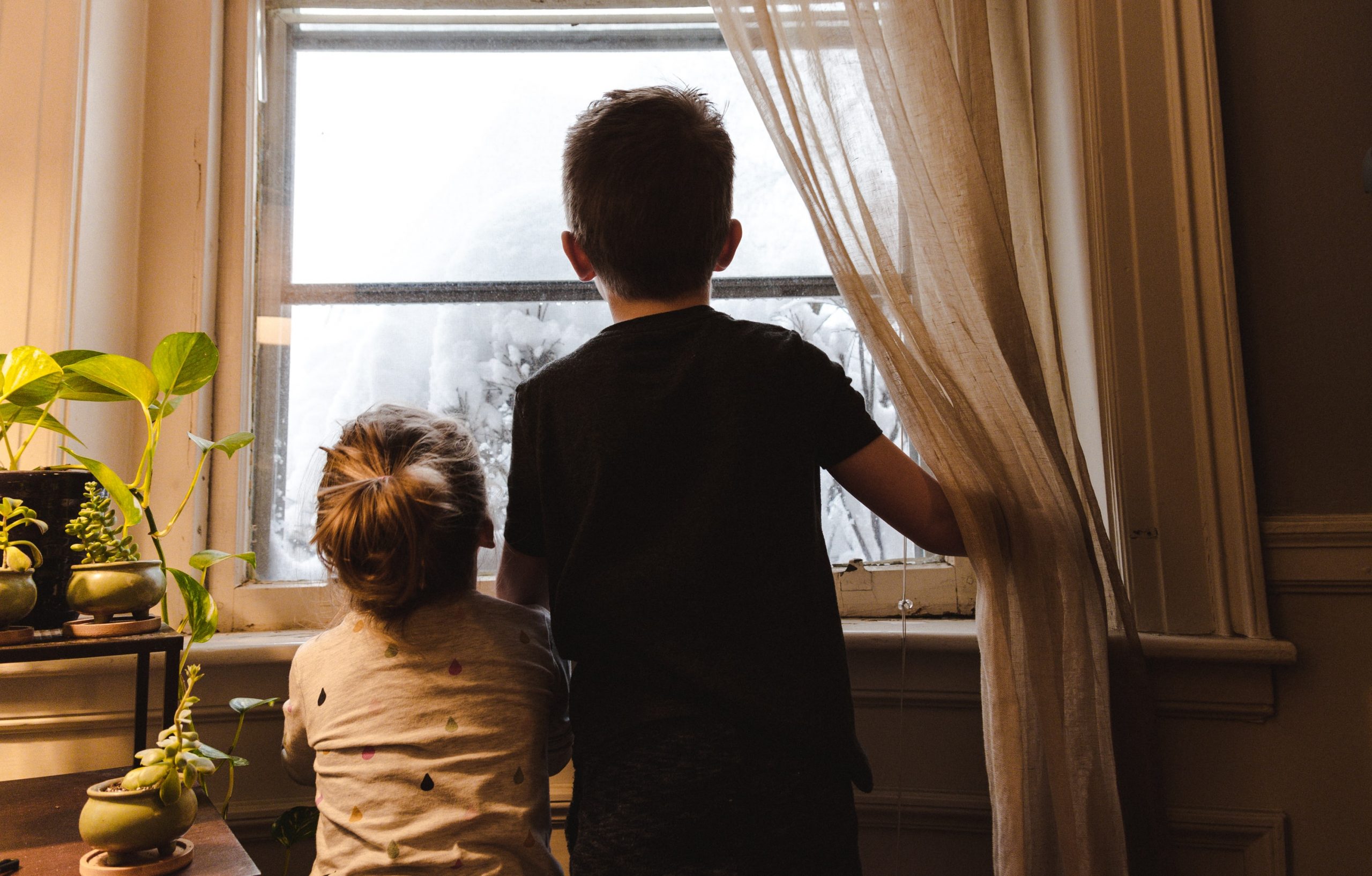
The World on a forced Sabbatical.
10/06/2020
Feeling COVID tired? Our kids are too.
25/09/2020When asking parents what they want most for their children, happiness tops the list. As parents, we would do anything to prevent them from disappointment, sadness and frustration. We want our children to be endlessly happy. Yet, this is not what life will serve us.
It’s challenging to really accept that everyone, including your child, will experience difficulties in life.
It becomes clear that families are craving to live a simpler life, but just don’t know how to go about it.
As parents, we want to fix things for our children so that they don’t have to be sad, worried, get left out, miss out on marks, a placement in the soccer team, leadership positions, the best role in the play and other disappointments. I know this from firsthand experience. Occasionally, I was one of the parents who tried to fix things, yet it backfired every time.
Attempts to make everything go smoothly for our children have some unfortunate consequences. When we are trying to protect our children from failing, when we fall into the trap of micromanaging every aspect in their lives, we aren’t teaching them about life or resilience for that matter. A skill that is very much needed in our current climate.
The truth is that life is hard. Sometimes things don’t go our way, sometimes we are disappointed, sometimes we fail. Sometimes, what’s going on in our world is unavoidably frightening and out of our control. We can’t always protect our children from this truth, from their failings or disappointments.
“You can’t stop the waves, but you can learn how to surf.”
As the founder of Mindfulness-Based Stress Reduction, Jon Kabat-Zinn
Our job is to teach our children to clearly see the waves life sends their way, and to give them surfing lessons. And, of course, to be there lovingly when a wave or two catches them by surprise.

We need to help our children to cope with reality, with what is and how to go about it.
So how can we support our children dealing with the truth in life? How do we teach them to surf?
Six Steps to Nurture Your Child’s Emotional Resilience
When your child is struggling, here are some suggestions in a nutshell:
1. Identify their feelings
Help your child to identify their feelings with a nuanced vocabulary. Many children find it challenging to name their feelings or assign a word to them. Sometimes they do not know how to describe them. Are they feeling sad? Confused? Angry? Scared? Anxious? Is it really sadness, or do they mean that they are feeling lonely, irritated, doubtful? Is it really boredom, or does it mean that they feeling overwhelmed, unsure, hopeless?
“What does it mean for you, what does it look like when you feel sad?”
Below is a list of feelings for children.
2. Name it to tame it
Naming feelings is a powerful way to reduce their intensity. Just the simple act of naming them, helps them to lose their power. Another helpful activity is to express feelings through drawing, music-making or other activities.
3. Validate and teach children to accept their feelings.
It is important to validate a child’s feelings. A lot of feelings are uncomfortable and inconvenient, so we try to push them away or even dismiss them. The problem is that if we ignore or suppress our feelings, they only become stronger. Feelings often tell us something. It is important to be curious about them, allow us to sit with them and work through the discomfort.
“I can hear that you are feeling really frustrated, disappointed. This must be hard for you. I understand how you feel. I am here to support you. You will get through this.”
3. Be role models
How do we react and deal with our own feelings? We as parents have to understand how our feelings influence us, our behaviour and everyone around us. We need to develop our emotional IQ and be positive role models. Actions speak louder than words. It is ok to show our vulnerability to our children. We do not need to hide our feelings. Children learn emotional coping strategies from us. How do we react in certain situations? What kind of coping strategies have we got in place? Showing our vulnerability is our richest and most fertile ground for teaching.
4. Nothing they cannot handle
Resist the urge to fix, advise or to do an end run around the problem. Encourage them to accept the feeling for what it is. Reassure them that they can tolerate difficult situations and emotions. For example: “I know this is hard, and I am here for you.” Or, “I know you are upset (or bored, or disappointed…), and you are going to be okay. You will get through this.” Responding to the feeling with kindness and curiosity helps them to manage the situation.
5. Active listening skills
Children often just simply want to be heard and validated, in particular older children. As parents we are their sounding board. They do not want us parents to impose our solutions on their problems. Often children just need ‘to rant’ as this is a way for them to process situations and feelings. They want our full attention and feel our presence. Using active listening skills helps to process the challenge they are dealing with and often diffuses their problem. Check out this website for more information on the power of Active Listening: https://www.verywellmind.com/what-is-active-listening-3024343.
Active Listening has served me so well many times during parenthood and my relationships with people in general. It is a very powerful and effective parenting tool.
6. Help them find calm
Give your child strategies to calm their nervous system. Below are a few child-friendly breathing techniques you can demonstrate and do with them.
Mindful Breath Practices for Children
- Belly breathing – When breathing in, the belly expands slightly; and when breathing out, it contracts.
- Mindful breathing – Simply noticing the breath and feeling it move in the body. Use visuals, e.g. “In comes the sun, out goes the cloud”. “In comes the wave, out goes the wave.”
- Teddy bear breath – This is a variation of the belly-breathing practice for little ones. Have them lie down with a teddy or stuffed animal on their belly. Let them watch as it moves up and down while they breathe as if they are rocking it to sleep.
- Four square breathing – This is a great tool for older children. Breathe in for a count of four. Hold for a count of four. Breathe out for a count of four. Hold for a count of four. Do several rounds and return to normal breathing.
- After moving through these exercises together, if the emotions are still really powerful, it is often helpful to then redirect your child’s attention to an activity that helps them to shift their mindset. They might listen to music, do some gentle yoga poses, make a craft project, engage in some drawing, skip, jump on the trampoline, or take a bubble bath.
Teaching children that feeling the full range of our emotions as they arise is not something to be avoided and that if consistent with happiness, is powerful.

Giving them tools to be with their emotions—not swept up by them or avoiding and denying them—is a gift for a lifetime.
References and further reading:
Brackett, M. (2020). Permission to Feel. Unlock the power of emotions to help yourself and your child thrive. Quercus.
Gottman, J. (1997). Raising an emotionally intelligent child. The Heart of Parenting. Simon & Schuster.
Brown, B. (2012). Daring Greatly. How the Courage to be vulnerable transforms the way we live, love, parent and lead. Penguin Life.
Karla McLaren (2020). Podcast: “Making friends with anxiety and all of your emotions”. Sounds True. Podcast.



